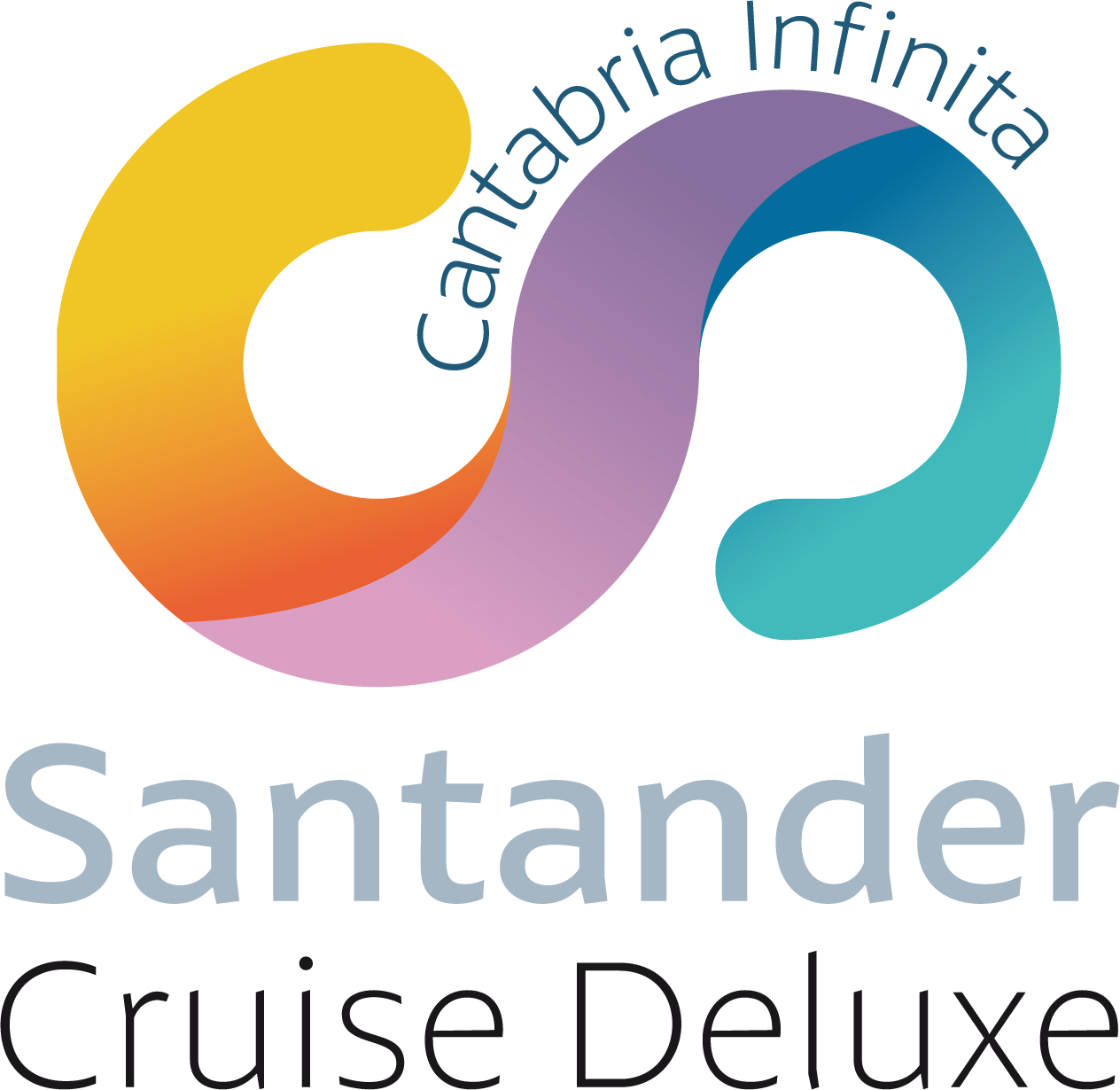Santander
Santander has a Maritime Station in the heart of the city, which not only allows cruise passengers to go to and from their cabin to the city with complete flexibility, but also allows the citizens of Santander (and its region or tourists passing through) to comfortably admire these luxurious ships from the city.
The opening of the Ferry terminal in the Maliaño 1-4 dock has not only improve the berthing offer for cruise ships, but has also allowed the Maritime Station to exclusively dedicate itself to this type of traffic.
To ensure that more and more ships of these characteristics stop over at the port,the Port Authority works together with all the administrations involved in the attention to cruise ships, especially those that make up the tourist offer of the DESTINATION, as it is essential to publicise the extensive tourist offer both in Santander and in the region of Cantabria.
Thus, in order to share information between all the actors involved in this traffic and, above all, to prepare each stopover, the port of Santander has a cruise forum. In addition, in order to increase the Port of Santander promotion, it has created the Santander Cruise Deluxe brand, formed by the Port Authority, Santander City Council and CANTUR.
Likewise, the Port of Santander belongs to the oldest and most prestigious association in the sector: Cruise Europe. It is made up of more than 100 ports from Northern Norway to Lisbon. In addition, it has been a member of CLIA (Cruise Line International Association) since 2018, which allows a closer relationship with cruise lines.
A unique experience:
Cruise passengers arriving in Santander after crossing one of the most beautiful natural bays in the world, and passing through its Maritime Station that leaves you in the heart of the city has much to discover: the Botin International Art Center, the Magdalena Palace, the Maritime Museum, the Faro de Cabo Mayor, the Palais des Festivals, the market or the many beaches and golf courses that give the city its most leisurely facet. Another option is to go shopping or for tapas, as the city has a prestigious and varied gastronomic and commercial offer.
In addition, just a few kilometres away, you can enjoy other charming places in Cantabria such as Cabárceno, Santillana del Mar, Comillas, Santoña, San Vicente de la Barquera, Liérganes, Bárcena Mayor and Laredo.
Cabárceno
The Cabárceno Nature Park is located about 15 km from Santander, was originally an open-pit iron mine, whose network of roads, tunnels and tracks have been conditioned for hiking and passage of vehicles. It is now a spectacular wildlife paradise of more than 750 hectares that hosts in semi-freedom more than 1,000 animals from all the zoological communities of the earth: bears, tigers, deer, wolves, lions, hippopotamuses, rhinos, kangaroos, giraffes etc….
Liérganes, Valle de Pas y Palacio de Elsedo
Liérganes, declared a historic-artistic site with architecture of the seventeenth and eighteenth century is a good example of a village that has preserved the typical architecture with its balconies full of flowers, its narrow streets and its old stone bridge. About 3 km away we will take the opportunity to visit the Palace of Elsedo. It is not only a Museum-Pinacoteca of Modern Art unique in the region but the Palace that houses it, from the eighteenth century as well as the magnificent park that surrounds it makes a wonderful visit.
Santillana, Comillas
Its collegiate church from the mid-twelfth century is the most outstanding example and the main exponent of Romanesque architecture in Cantabria. This medieval village is made up of a set of extraordinary historical monuments built between the fourteenth and eighteenth centuries and can be visited during a relaxing stroll through its narrow stone streets.
A unique combination of mansions and streets of mountain flavor with unique buildings of modernist style as the Palace of Sobrellano or the Capricho de Gaudi or the Pontifical University, neo-Gothic style with Mudejar influences.
Caves: Paleolithic and geological heritage, Soplao, Viesgo Bridge, Altamira…
Cantabria is a world reference for Paleolithic Art, there are about fifty known caves with Rock Art, which make up one of the largest concentrations in the world. Altamira is the most important Paleolithic complex known. In order to protect it, it is no longer visited directly, but the National Museum of Altamira was built a few meters from the original cave where an exact reproduction of its paintings can be found. Since 1985 the Altamira Cave has been included in the Unesco catalog of World Cultural Heritage.
Among the nearly 5,000 caves in Cantabria El Soplao is considered one of the great treasures of world geology, the cave is located in a natural environment of great beauty. It has a great aesthetic value, which is represented by a great diversity of eccentric formations, there are also a multitude of stalactites, stalagmites and coloured lava flows. An ambitious project to convert it into a theme park has begun and will culminate in 2006 with the creation of the Mining Museum and the recreation of the old mine cars as a mechanical means to introduce visitors to the cave.
Bárcena Mayor
In the valley of Cabuérniga, through incomparable landscapes, arriving at Bárcena Mayor provokes in the traveler the sensation of going back several centuries in time. The regular layout of its streets, the picturesque houses and its natural environment make this place one of the most beautiful corners of Cantabria. Bárcena Mayor still preserves the typical atmosphere of its remote origins. Located between mountains and in a transit area between the valley and the plateau, there are still remains of the old Roman road, although the first historical data date back to the Middle Ages.
Castro Urdiales, Costa Oriental, Guggenheim
The eastern area of Cantabria, made up of traditional fishing villages, is currently a tourist attraction that offers spectacular beaches and a great gastronomic tradition specialized in seafood and fish.
Castro Urdiales is part of the powerful group of the four towns of the Costa del Mar. It is an elegant seaside town but the most representative area of Castro Urdiales is the area formed by the Palace of Toki-Eder composed of the Church of Santa Maria (the best Gothic work in Cantabria built between the 13th and 15th centuries), the Castle-Lighthouse next to it and the Bridge of Santa Ana.
One of the most spectacular urban projects of recent years is located just an hour from Santander, the Guggenheim Museum. This fantastic stone and titanium structure in the shape of a ship, designed by architect Frank O'Gehry, collects ultra-modern works of art for lovers of art and architecture.
Gastronomy
Raw materials of the highest quality, wisely combined, come together to create exquisite recipes whose projection and recognition are growing: seafood, fish, meats, garden products, cheeses and desserts. Traditional stews and avant-garde cuisine form the great culinary heritage of Cantabria.
Passenger Rights
According to the Regulation (EU) 1177/2010 , the rights of the passengers when travelling by sea and inland waterways include, but are not limited to, the following:
non-discriminatory treatment and free assistance for people with disability or reduced mobility, compensation of the damage or loss of the mobility equipment, and rights to information, compensation or assistance in case of cancellation or delays.
Links:










